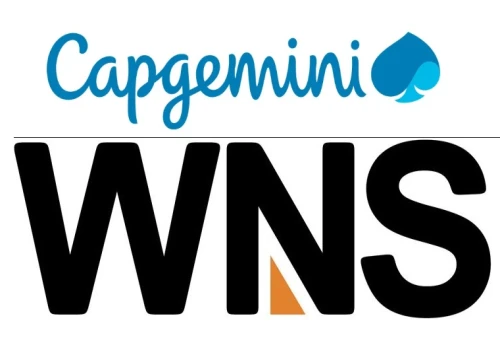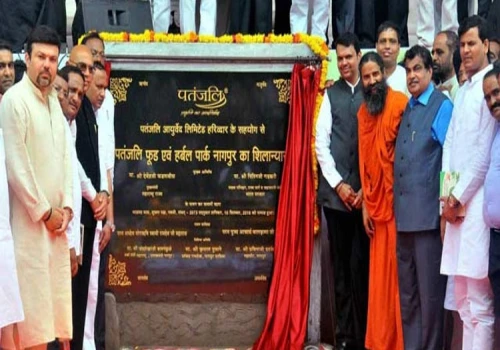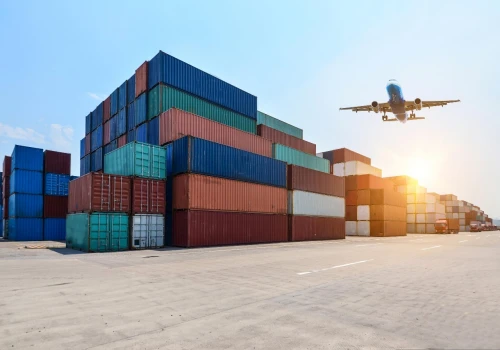
Data released this week shows a staggering 2.7% monthly increase and a 22.2% annual increase in car insurance prices. This comes on top of already historically high costs for new and used vehicles, squeezing household budgets even tighter.
Why the Spike? A Perfect Storm of Repair Costs
Several factors are driving this surge in insurance premiums. The increasing complexity of modern cars is a major culprit. Gone are the days of simple fender benders. Today's vehicles are packed with advanced technology like cameras, sensors, and microprocessors. A seemingly minor collision can now damage these expensive components, leading to repair bills that send shivers down your spine.
Sean Tucker, a senior editor at Kelley Blue Book, sums it up perfectly: "The technology in the cars, it's a very specific problem." Even a minor bump can now damage crucial tech, inflating repair costs and, consequently, insurance premiums.
Supply chain disruptions and rising mechanic wages are further adding to the problem. Replacement parts are harder to come by, and qualified technicians demand higher pay. These combined factors make repairing a car a costly endeavor.
The Insurance Industry Responds: Rising Costs Reflected in Premiums
Insurance companies are not immune to these rising costs. They simply can't afford to absorb the increasing repair bills. As David Sampson, CEO of the American Property Casualty Insurance Association, explains, "Premiums have been on the rise because the cost of what goes into auto insurance has been rising."
This translates to higher rates for policyholders. The industry argues that these increases are simply a reflection of the underlying trends in repair costs. They point to actuarial science, a data-driven approach to risk assessment, as the basis for these rate adjustments.
Consumers Feeling the Squeeze: Satisfaction Plummets
While the insurance industry defends its actions, consumers are not happy. J.D. Power reports a record low in customer satisfaction with auto insurers. This isn't surprising – nobody enjoys seeing their insurance costs balloon.
The rising costs are also leading to a decline in profitability for insurance companies. J.D. Power's data shows that in 2022, insurers lost money on average for every dollar of premium collected. This unsustainable situation leaves them with little choice but to raise rates further.
A Look Ahead: Usage-Based Insurance Offers a Glimmer of Hope
There might be a light at the end of the tunnel for some drivers. Usage-based insurance (UBI) programs are gaining traction. These programs track a driver's behavior using telematics data and offer discounts to safe drivers.
J.D. Power's study reveals that UBI program participation is on the rise, with customers reporting higher satisfaction levels compared to traditional insurance plans. As costs continue to climb, UBI programs might become a more attractive option for cost-conscious drivers.
The Road Ahead: Challenges and Potential Solutions
The current situation presents a challenge for both consumers and the insurance industry. While rising repair costs necessitate adjustments, unchecked premium hikes can lead to policy cancellations and create affordability issues.
Finding a balance is crucial. Technological advancements in vehicle repair, a more stable supply chain, and potentially, a wider adoption of UBI programs could offer some relief.
One thing remains clear: car insurance costs are a significant contributor to inflation. Addressing the underlying factors driving repair costs will be essential to bringing down insurance premiums and providing some much-needed financial relief to American drivers.











